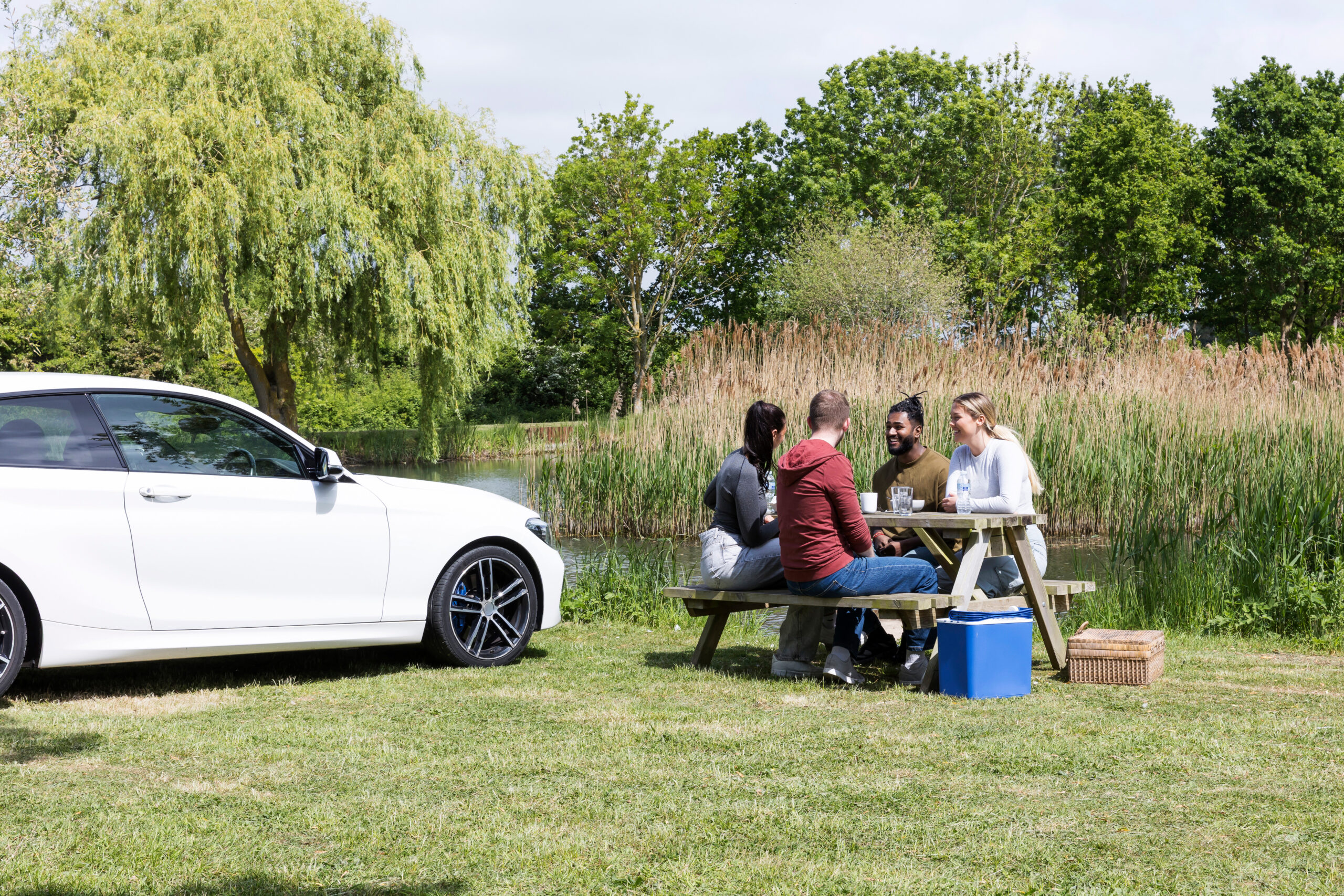
Expats returning to the UK to visit friends and family often find themselves with a packed itinerary. From cross-country catch-ups […]
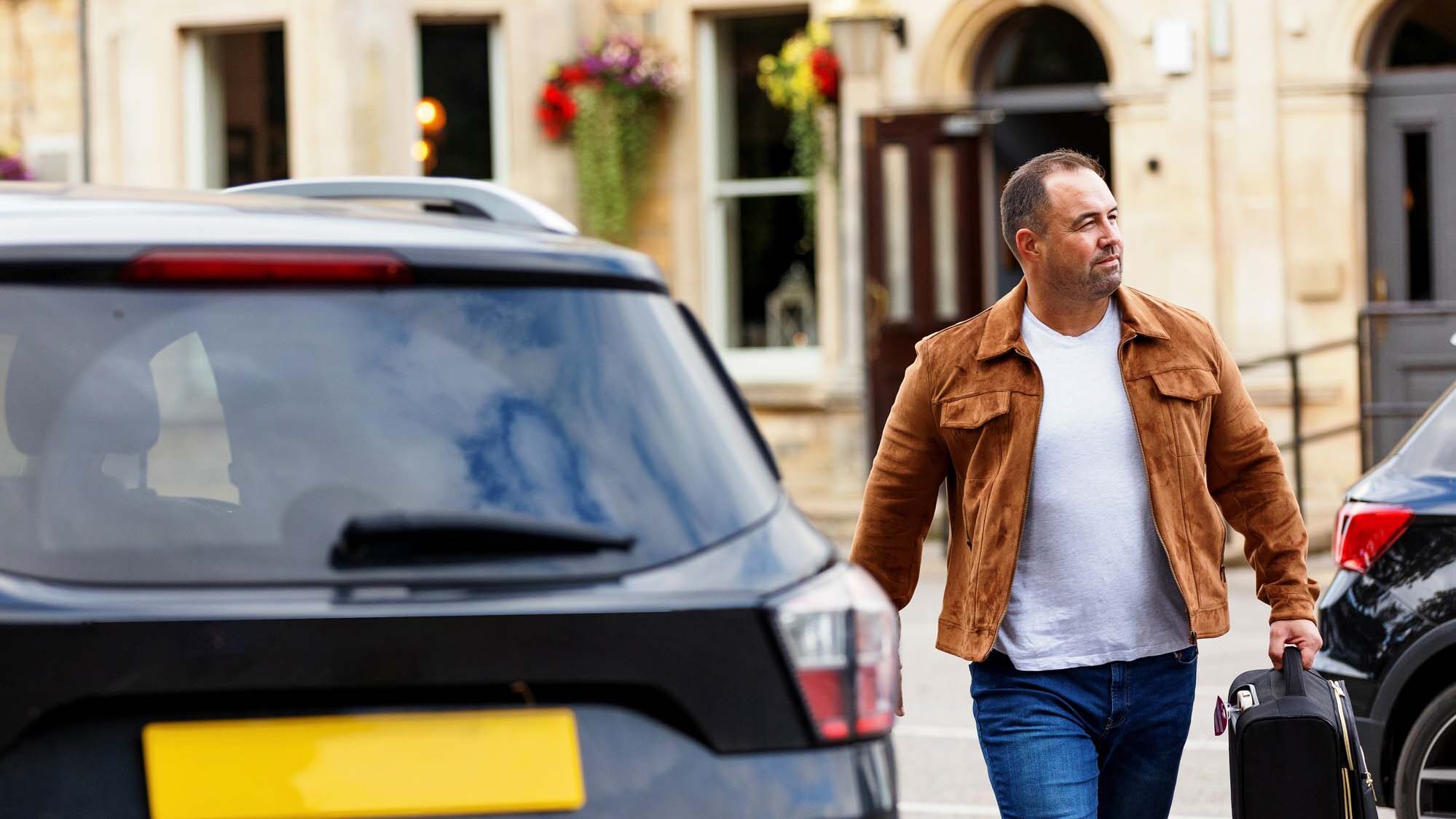
Car tax, also known as Vehicle Excise Duty (VED), is a legal requirement for most drivers in the UK. Whether […]
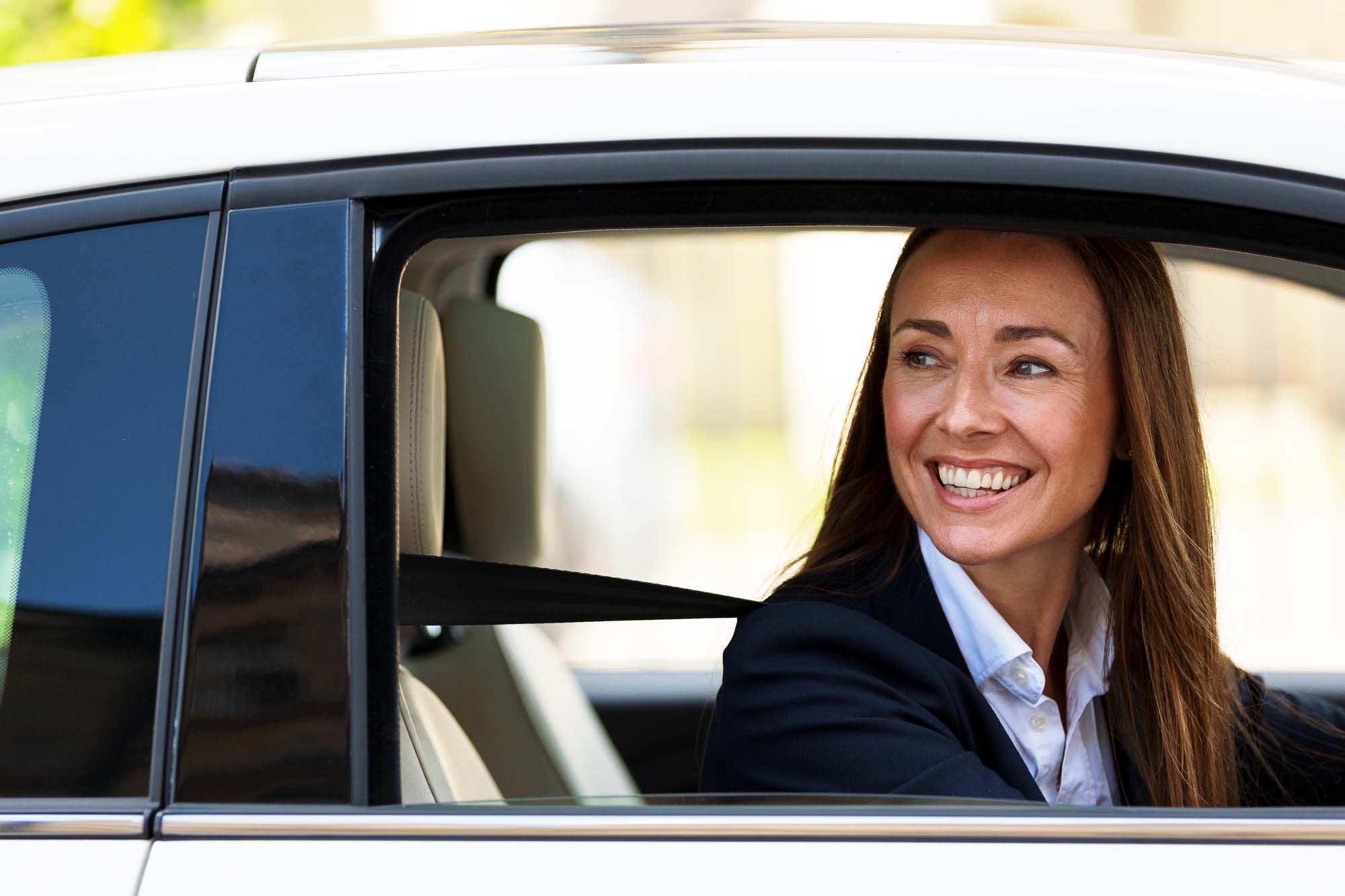
Switching to a one-car household might feel like a big lifestyle change, but for many families, it’s a smart move […]
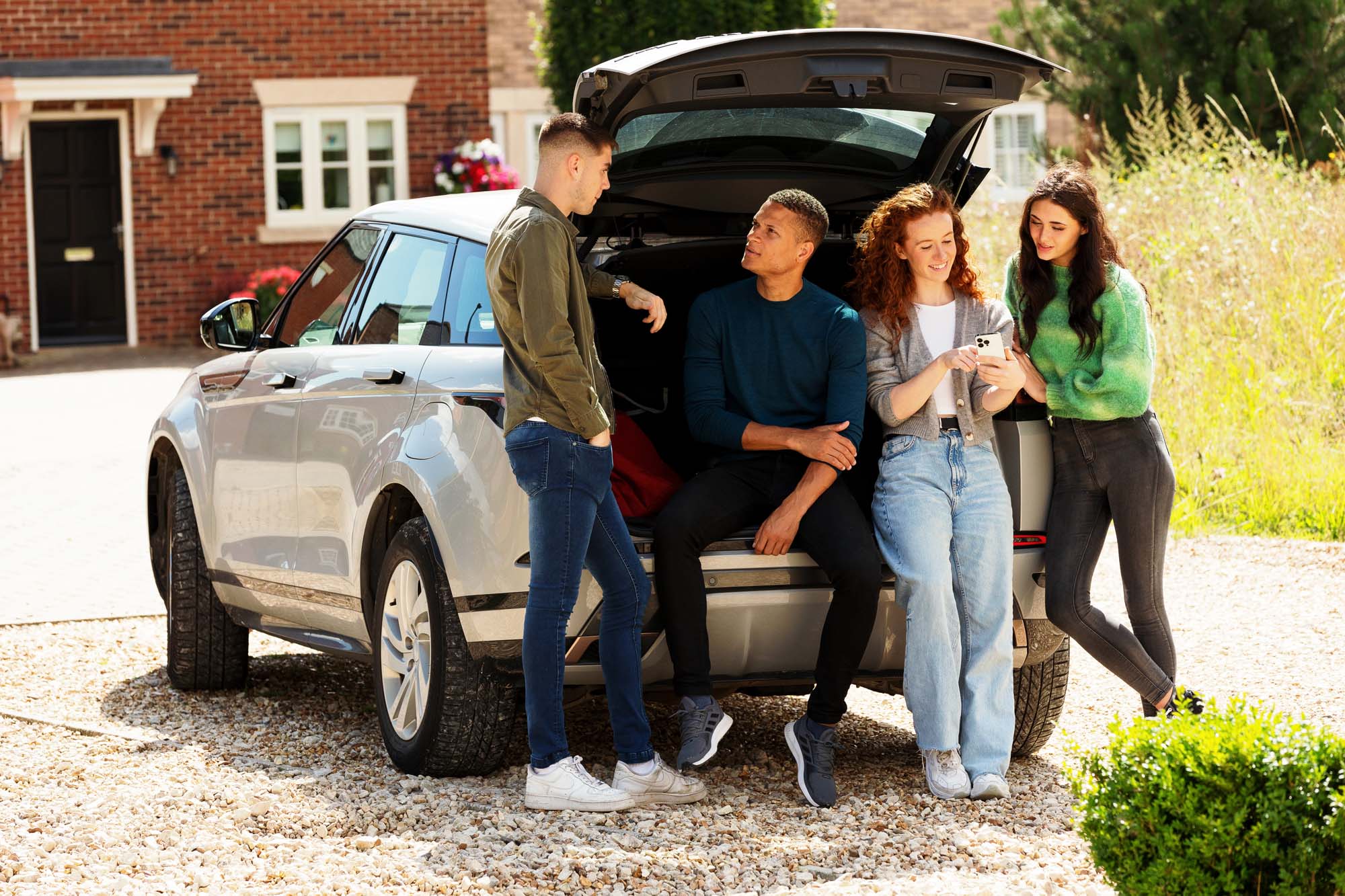
Festival season is nearly here – and that means unforgettable lineups, muddy memories, and one big logistical challenge: getting there. […]
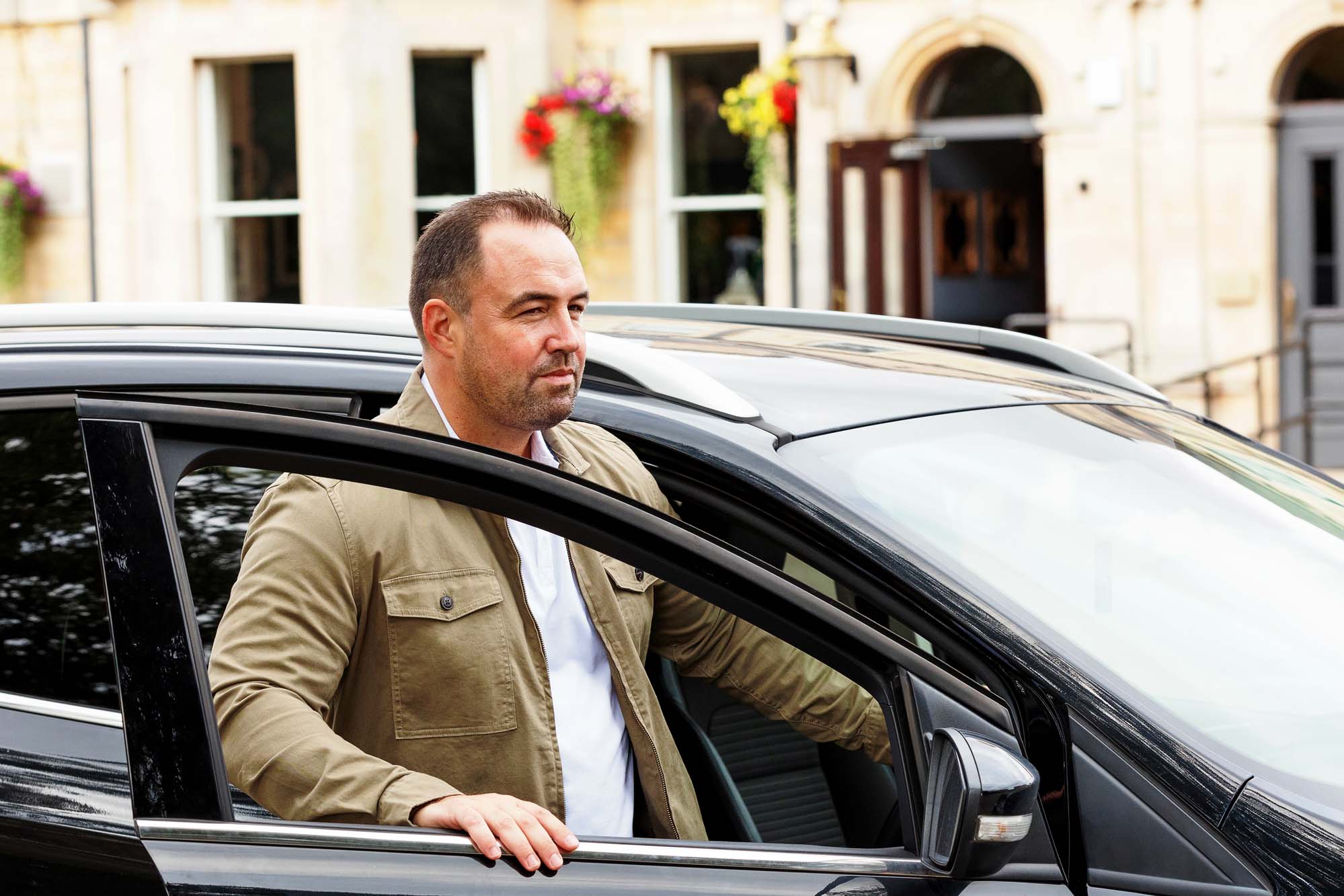
Driving without insurance is illegal in the UK and carries serious consequences, including fines, penalty points, and even having your […]
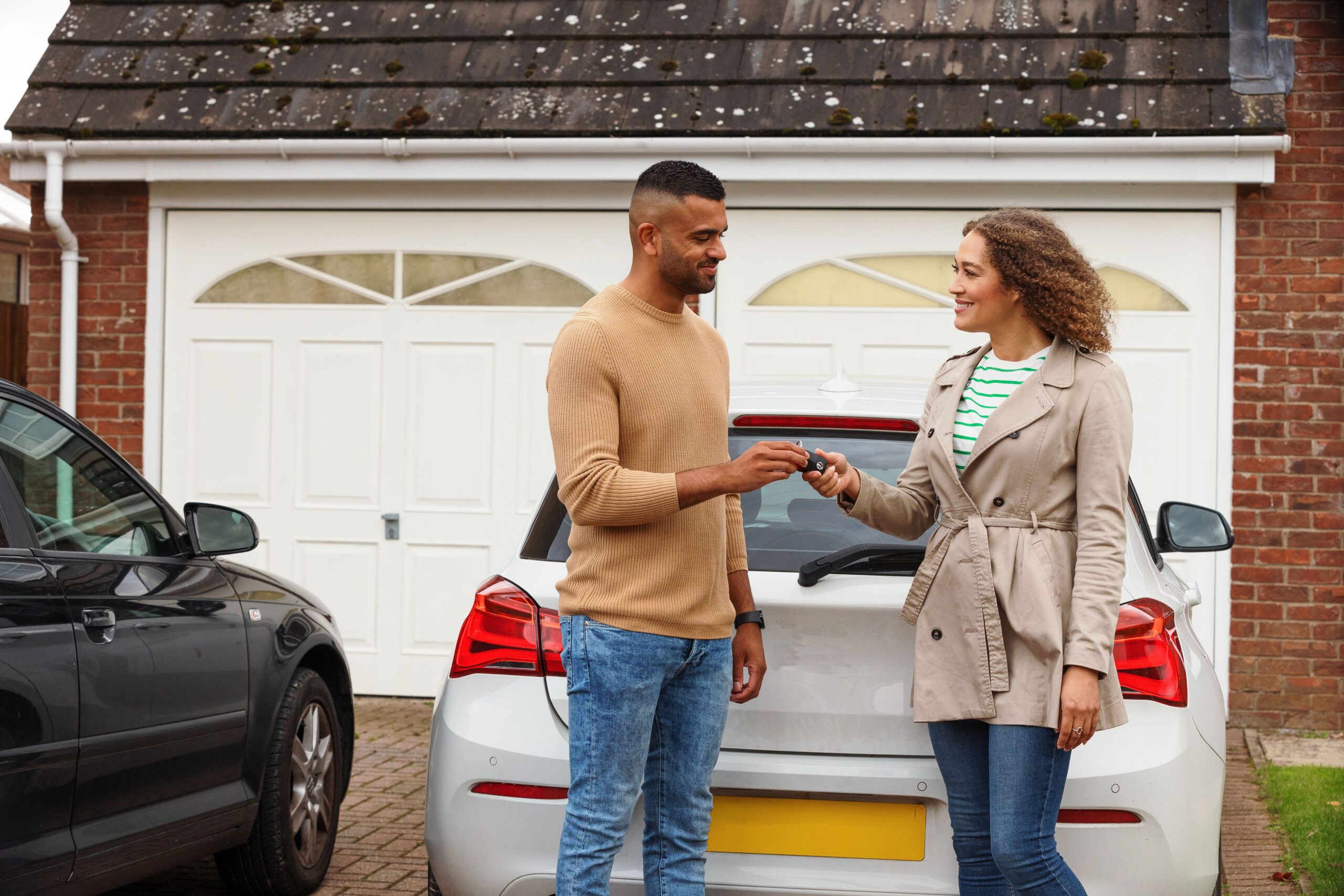
If someone’s asked to borrow your car, you’ve probably considered how responsible they are, where they’re going, and how long […]